National parks are home to hundreds of at-risk species. Park lands and waters provide protected places for threatened or endangered species to find food, raise their young, grow and rest. While National Park Service (NPS) scientists and managers work sustain and recover at-risk species populations, they need your help when you visit parks. National parks see more than 330 million visitors annually! This large number of people can strain habitats and stress at-risk species, so it's up to you to tread lightly and recreate responsibly during your visit. Check out these tips for what you can do to help at-risk species in parks.
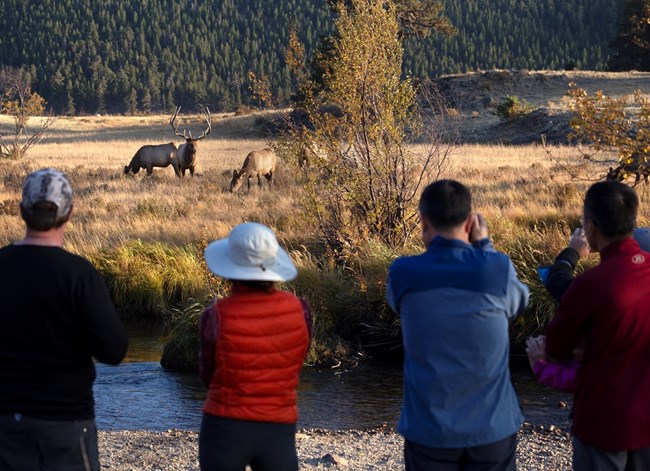
NPS
Practice Safe Wildlife Viewing
Seeing wildlife in parks can be an exciting experience, especially if it’s a rare sighting. When you see wildlife in parks, it’s important to follow safe wildlife watching guidelines. The safety of these animals, as well as your safety, depends on it. Getting too close to wildlife can disturb their natural behaviors and cause unnecessary stress. Interacting with wildlife can also cause harm to both people and wildlife, including injury and disease.
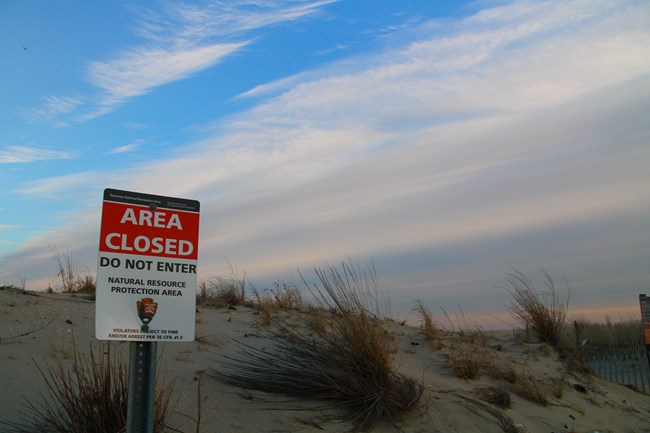
NPS
Follow Park Rules & Obey Closures
Parks manage habitat to protect species, especially endangered and threatened species. Closing an area or limiting the activities that can occur there may reduce the stress on a species or habitat. It may allow for the regrowth of native plants or the protection of nesting animals. Park rules are there to keep visitors and resources safe. For example, limiting where pets are allowed or requiring a leash can help reduce dangerous or stressful pet-wildlife interactions. Make sure you “know before you go” by visiting a park’s website to find out about rules and closures. While you visit parks read and follow closure and regulation signs. Not sure if something is allowed or open? Ask a ranger!
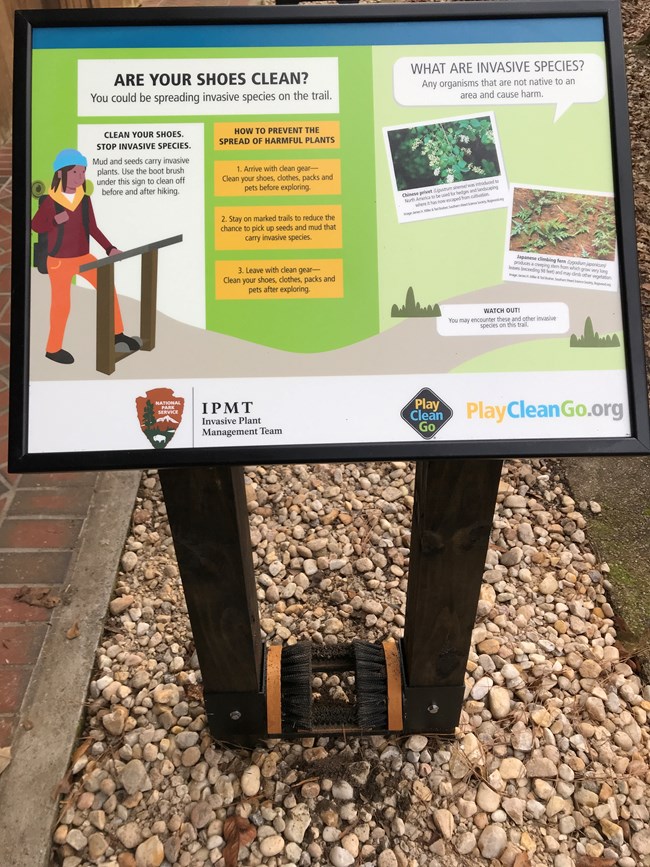
NPS
Stop the Spread
It’s estimated that 42% of currently listed endangered or threatened species are at-risk due to the negative effects of invasive species. An invasive species is a non-native species that causes harm to the environment, economy, or human, animal, or plant health. Invasive species can alter or take over native habitats necessary for the survival of at-risk species. They also compete with at-risk species for food, water, and shelter.
You can help stop the spread of invasive species with a few simple actions when you visit parks. You can clean, drain, and dry your boat and fishing gear to prevent aquatic invasives. Make sure you don't move firewood and buy it where you burn it. Or use boot brushing stations and Play, Clean, Go.
Check out a full list of tips on how to stop the spread.
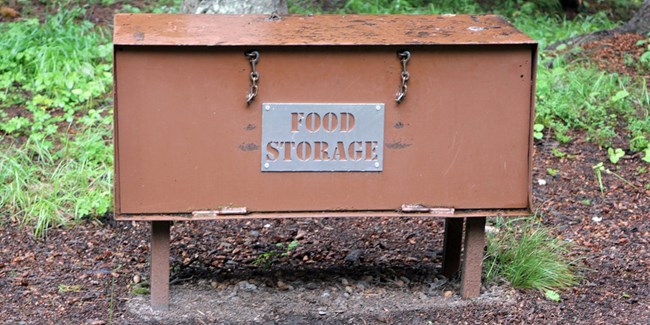
Store or Dispose of Food Properly
When people intentionally or unintentionally feed wildlife, it can be dangerous to both wildlife and people. Access to human food, whether being offered food scraps or unsecured trash, negatively affects the health of an animal. It can lead to shorter lifespans and poor nourishment.
Learning to eat human food can also change the way that wildlife interacts with people. When an animal becomes used to and attracted to human food they become “food-conditioned.” Food-conditioned animals actively seek out human food which can cause them to frequent high traffic areas like parking lots, campgrounds, and roadways in parks. This not only increases the likelihood of wildlife-vehicle collision, but it can make the animals dangerous. Ground squirrels can bite, deer have sharp hooves and antlers, and bears can rip into cars or tents in search of food. Unfortunately, food-conditioned wildlife that become too aggressive must be removed, which can include being humanely killed by park managers for safety reasons.
When visiting a park, it’s your responsibility to store and dispose of your food properly. In some places this can be as simple as making sure to pick up the peanuts you dropped or ensuring that your trash makes it into the trashcan. In other places, like bear country, safe food storage might require a little more thought. You might have to use a bear-resistant food locker or canister and cook somewhere away from your campsite. Visit a park’s website or check in with a ranger to make sure you know how to store your food (and trash!) while camping.
Watch this video to learn more about keeping the wild in wildlife.
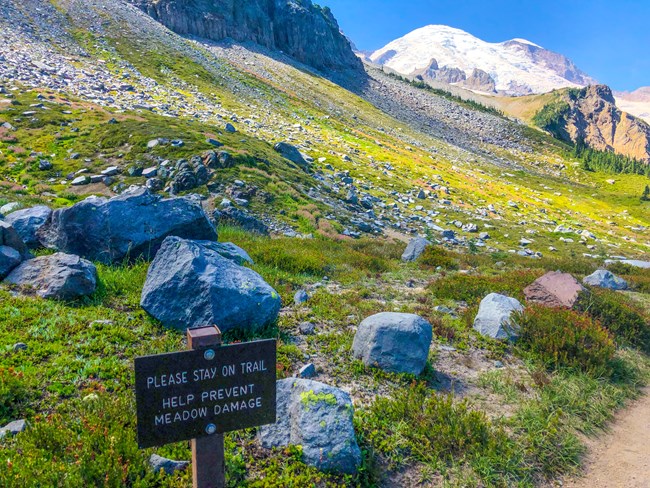
B. Burnett
Stay on Trails
Staying on designated trails and avoiding social trails can help protect at-risk species, too. Going off trail can damage or kill certain plants or animal species. It can also damage fragile ecosystems that surround the trail. Even when it looks like you are just stepping off the trail onto bare dirt, you might be stepping onto a cryptobiotic soil, essential in high desert ecosystems. Remember that even though you only leave one set of footprints, if all 330 million park visitors did the same, the effects could be dramatic!
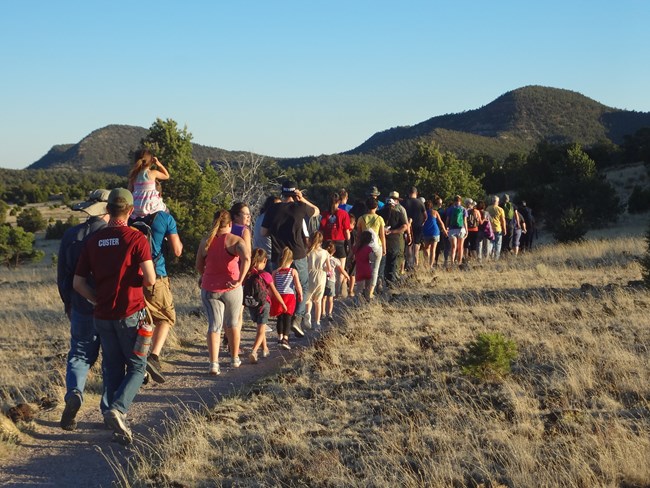
NPS
Be a Role Model
One of the best ways that you can help protect at-risk species when you visit parks is to be a role model to other visitors. Your actions make a difference! Pick up trash or crumbs left by others, maintain a safe distance from wildlife, use boot brushing stations, practice Leave No Trace principles, and stay on trails. Model good behavior for other visitors and teach your children to do the same.
Last updated: August 10, 2023
